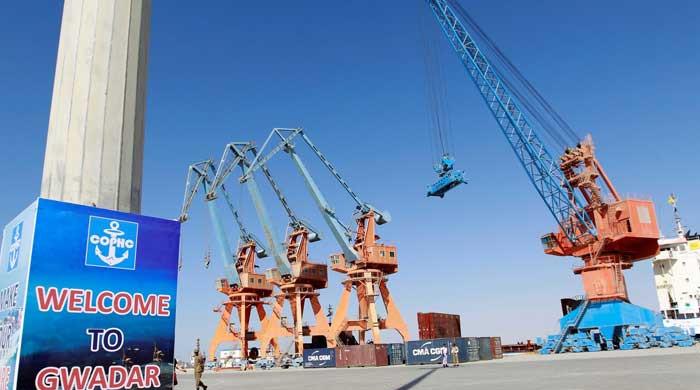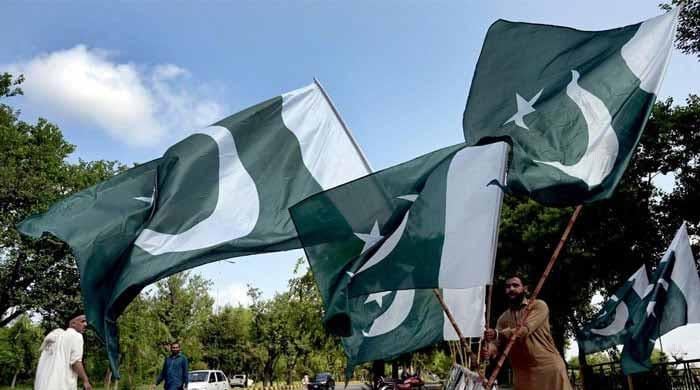Where is the next Sana Mir?
'Cricket is no longer a man's game—it is high time to focus on women's cricket in Pakistan'
January 15, 2019
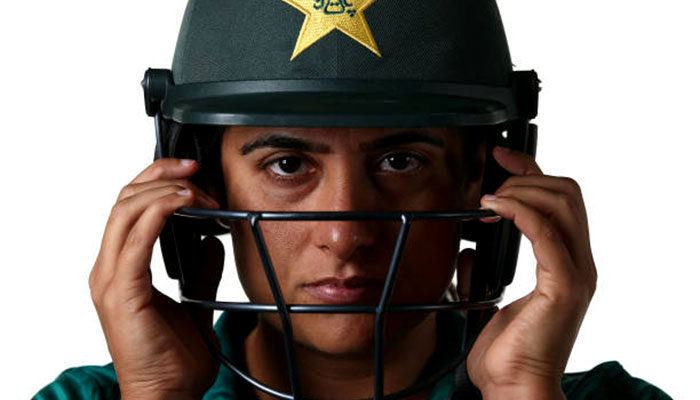
Almost every Pakistani's favourite pastime, not just on a Sunday but any given day, is to play cricket. Be it hardball or tape-ball, be it in the streets or on the rooftop, in the ground or in a park. No matter what, the cricket never stops.
But how many times have you seen girls playing openly on the streets around you? Or practicing in a local net in your area? I am sure the chances of you witnessing girls playing cricket in open areas is rare. You can argue about the dynamics of our society, the constraints in providing women the freedom to move around without the risk of being subjected to any sort of harassment and so on and so forth.
Not so long ago, Sana Mir, the current International Cricket Council (ICC) women's No.1 ranked ODI bowler in the world, raised her voice on the subject of availability of infrastructure and separate facilities for girls to pursue their passion and to play not just cricket but any other sport.
Countries like Australia, England, and even neighbouring India have made huge inroads in providing basic facilities for female athletes. They know how vital it is to empower women in sports. In Pakistan, unfortunately this is not the case. It took Mir 12 years to achieve the feat of becoming No.1 in the world, and she clearly does not want the current generation, and the generation to follow, to take a lifetime to achieve their goals and bring accolades for Pakistan. For this to happen, all she asks for is an investment in basic facilities like separate nets, small grounds, pitches, training centers in every city. So, for example, a girl from up north won't have to travel all the way to a metropolitan city like Lahore just to start basic training.
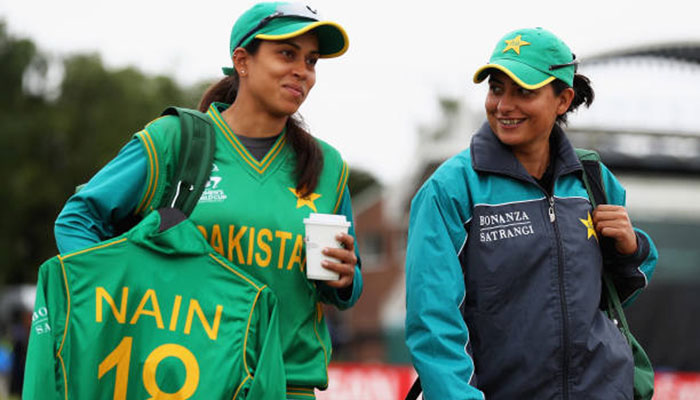
The current lot of women cricketers representing Pakistan at the international level have not had an easy journey. Yet, they continue to play for their country without complaining. It is just their sheer passion towards the game which keeps them going. Even then, we expect them to be the best in the world without contemplating the issues they face. Imagine what it will be like if the hurdles to gain basic training were removed. Just imagine.
For starters, girls need to be encouraged to take part in sports at school. The Pakistan Cricket Board (PCB) organised an Indoor School Cricket Championship for Girls last year. It was a brilliant initiative. Tournaments like these throughout Pakistan will make girls believe they can have a future in cricket. The PCB can further partner with schools to provide girls facilities within their schools to practice and train. The next step has to be to open state-of-the-art academies throughout Pakistan with proper coaches, nutritionists, and fitness trainers. Just like men's cricket, women's cricket needs to be given the same amount of importance if not more. These steps are vital to develop world-class players who will go on to become the next Sana Mirs.
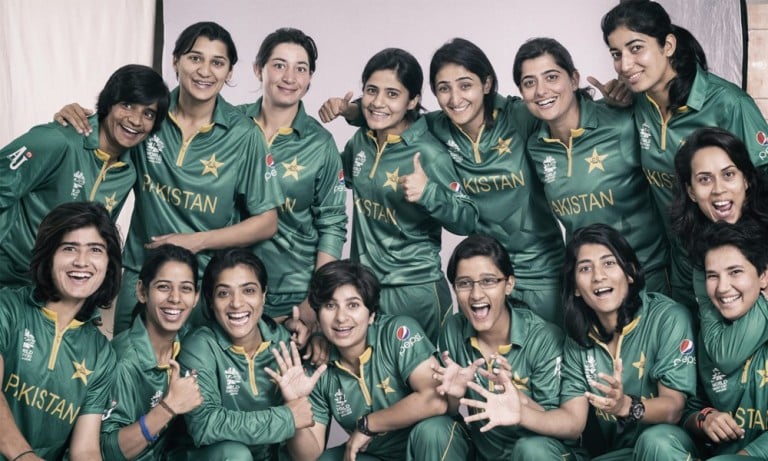
The interest in cricket among girls in Pakistan is growing by the minute. They want to learn how to hold the bat, bowl with a clean action and learn the technical aspects of the game. But who should they go to in order to learn the basics?
Right now is the time for the Board and its stakeholders to invest at the grassroots level. It won't be long before Pakistan's women cricket team will become as good as Australia's, England's or India's, and not long before girls from Pakistan will get to play women T20 leagues and have their very own women version of the Pakistan Super League as well.
What are you waiting for girls? It is never too late to hold a bat or a ball. To make a difference, we all need to contribute.
There is still hope; hope that it will not take another 12 years for Pakistan to produce a world No.1. There is still hope that girls will get to play out on the streets without being looked upon. There is still hope that Pakistan will one day be a front-runner in empowering women in sports.
Anam Nadeem is a sports writer based in Sialkot






